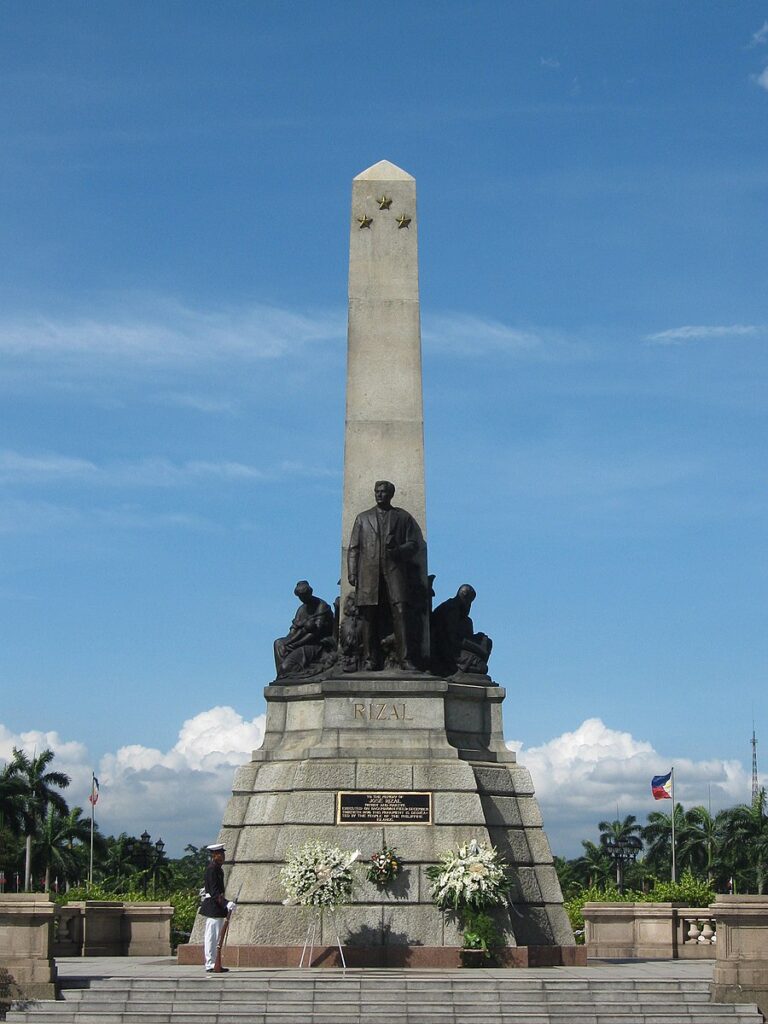sw. On the trail hunt for Switzerland’s colonial entanglements, my tour often ends in Manila: With my project ZH Kolonial I organize tours around the city of Zurich. One of the landmarks on the tour is the pompous Alfred-Escher monument at the gates of Zurich Hauptbahnhof. Standing before this statue, I sometimes get teary-eyed as it reminds me of my Philippine heritage. To understand how the monument is related to the Philippines, however, one first needs to know about a Swiss named Richard Kissling.
The Swiss sculptor Richard Kissling (1848-1919) from Wolfwil (canton of Solothurn) first garnered attention in 1883 with his bust of Alfred Escher, one of the most influential Swiss politicians of that era. This won him a commission to build the fountain and monument in honor of Alfred Escher in front of Zurich’s main train station (Zürich Hauptbahnhof). In 1892 Kissling also won the competition to design the monument of the “Swiss national hero”* Wilhelm Tell in Altdorf (canton of Schwyz).
Around 1905, Kissling read an advertisement about an international competition announced by the Philippine government to design the monument of the Philippine national hero José Rizal. After receiving detailed information and photographs on the subject and having done research in the Zentralbibliothek in the city of Zurich, Kissling decided to enter the competition. He then built a life-size model as a draft, which he would later name and submit as the “Motto Stella” (Guiding Star).
The winners were announced in 1908; however, the Italian Carlo Nicoli, who had won first prize, was unable to sign the contract, so the commissioned work was passed on to Kissling.
Therefore, in 1911 Kissling began to work on the monument. The bronze statue of Rizal with the figures around the central icon was designed in his Zurich studio and cast in Paris. They were then transported to Wassen in the canton of Uri for the entire monument to be assembled on its granite base. Wassen was not chosen by accident. It was the place where the famous Gotthard granite was found and quarried, which Kissling used for the base.
From the Alps, the monument was finally transported by railway to neighboring France, where a transport ship brought it to the Philippines. In 1913, on the anniversary of the execution of Rizal, the “Motto Stella” was unveiled in Luneta.
*Wilhelm Tell is considered a fictional character.

